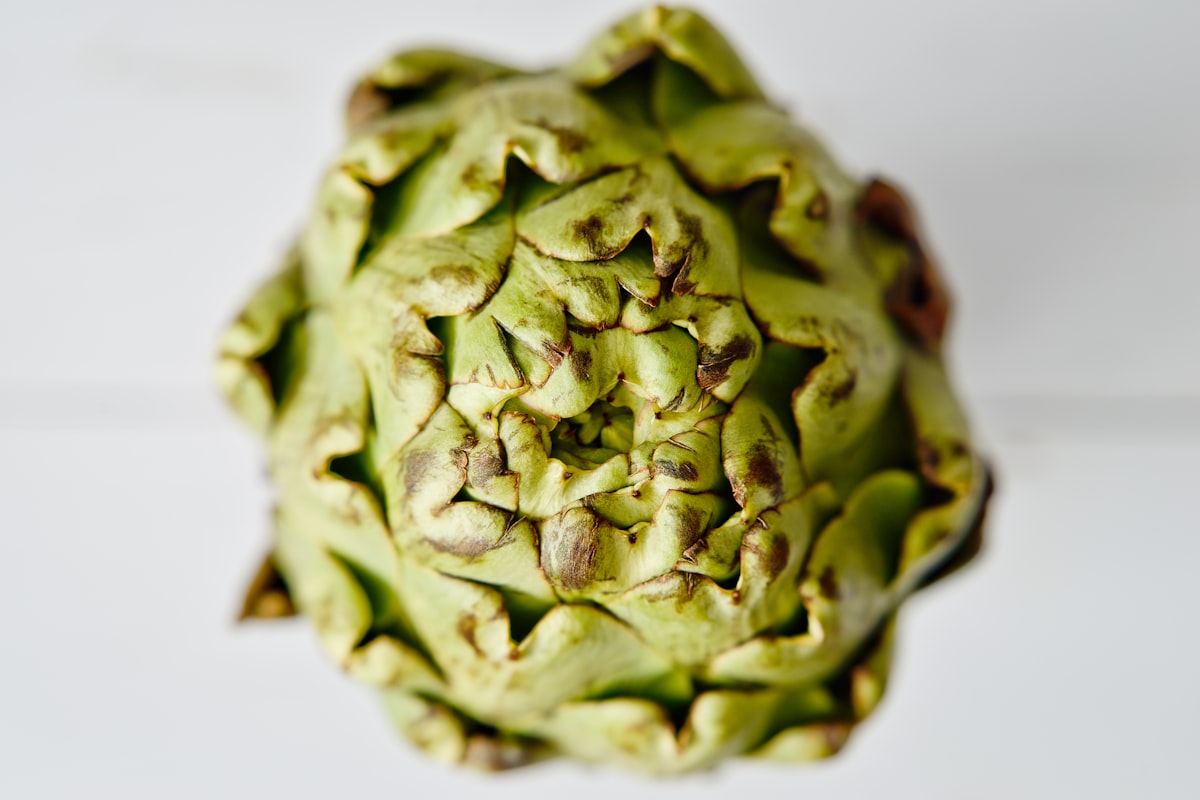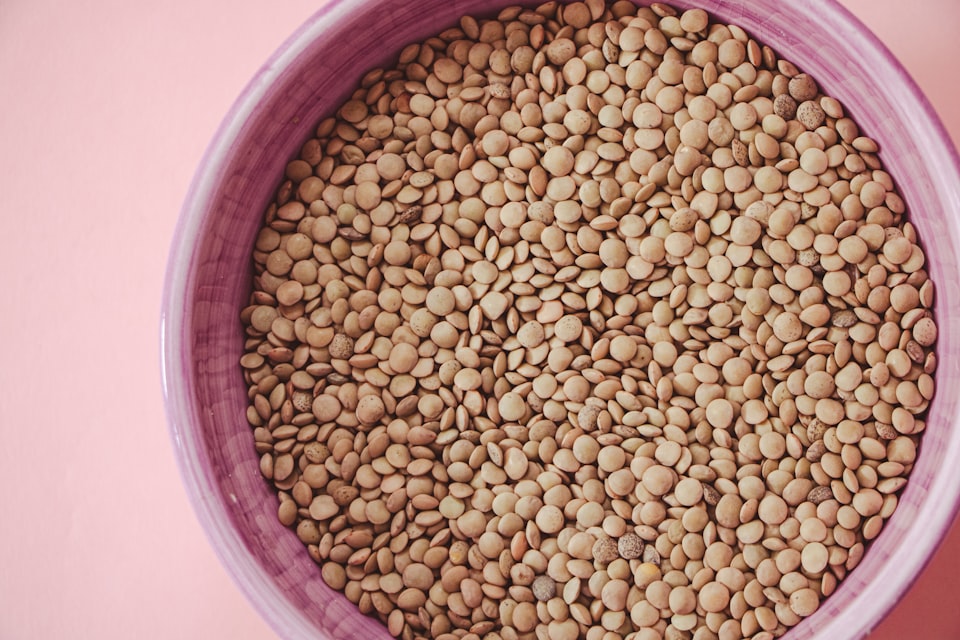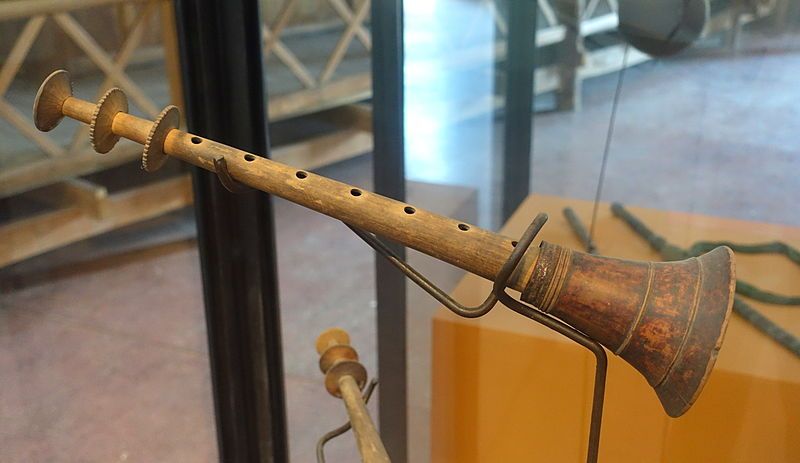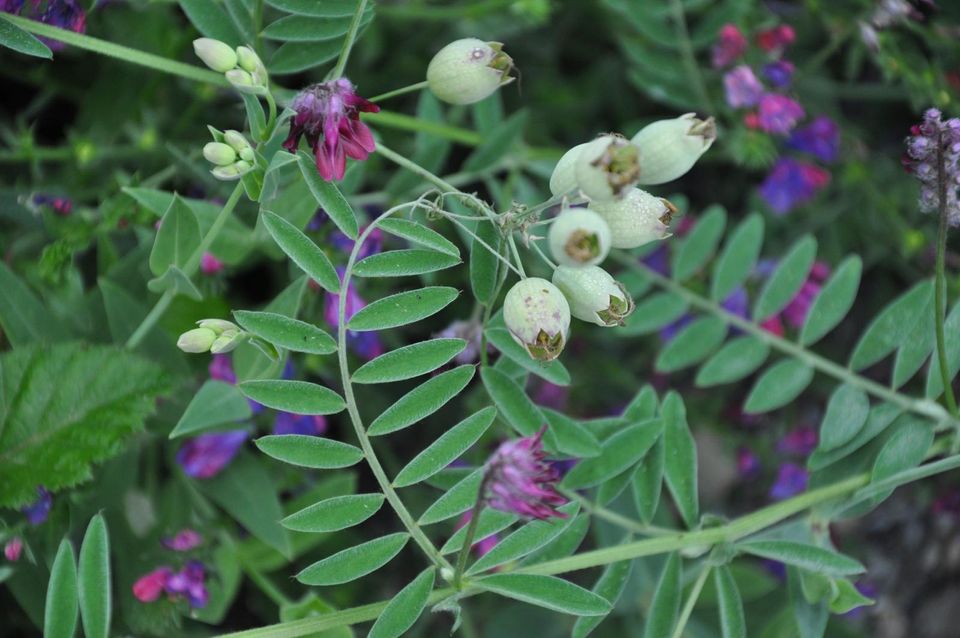II: Artichoke
The absolute mystery of artichoke eating.

Good morning. Today is duodi, the 12th of Messidor, Year CCXXXI. We celebrate l'artichaut, a fuzzy thistle bud we somehow figured out how to eat.
💡
The word artichoke comes from the word for "scales" or "scaly" in classic Arabic, and it's easy to see why. But the route it took to English was circuitious and complicated, much like an artichoke itself. The Arabic term – which had morphed from harashef to kharshufa by then – snuck into Spanish during the Moorish era, where it manifested as al-carchofa. The Italians heard this and made it alcarciofo. The French heard that and made it artichaut, thanks to their allergy to the letter L. And from there, the English couldn't resist putting a hard consonant on the end to guess at whatever sound the French were refusing to pronounce. The word "choke" has come to have a secondary meaning for plant fuzz thanks to this chain of mispronunciations, and, in a fun twist, the Arabic-speaking countries on the Mediterranean coast have borrowed the English word and call the flower ardishawk.
The Romans and Greeks knew this plant as a "cardoon," and were fond of its lovely purple flowers. They would nibble at the leaves and petals after it bloomed, but did not do anything like today's culinary exercise in patience, dissection, and dipping.



